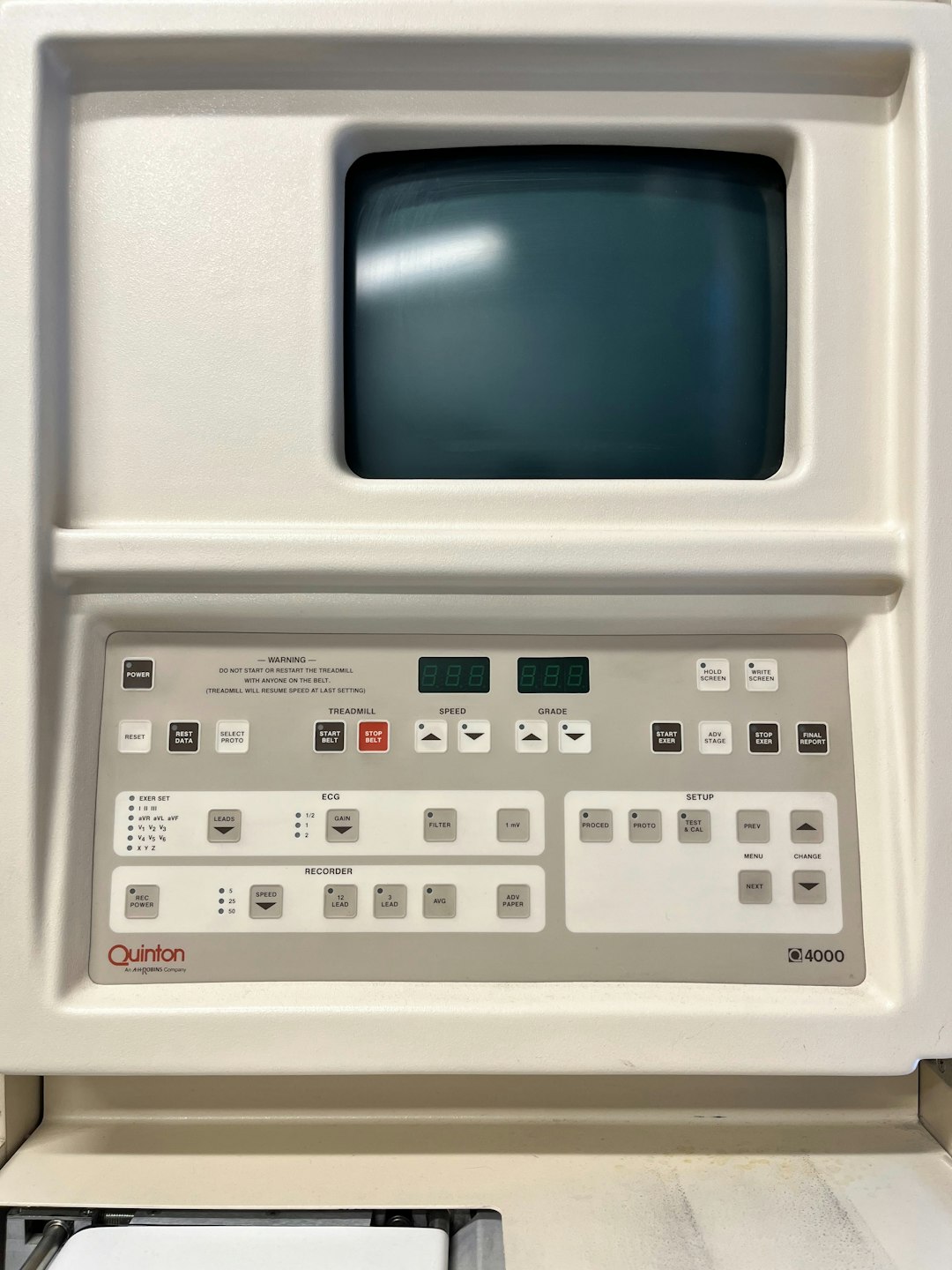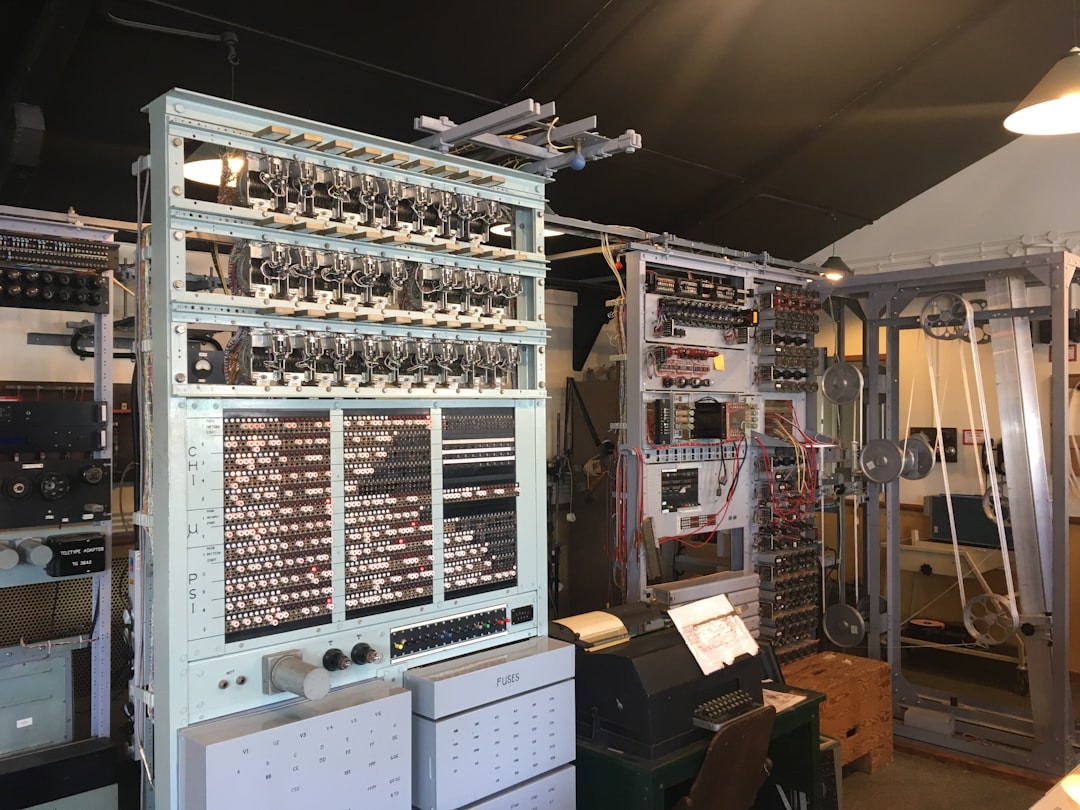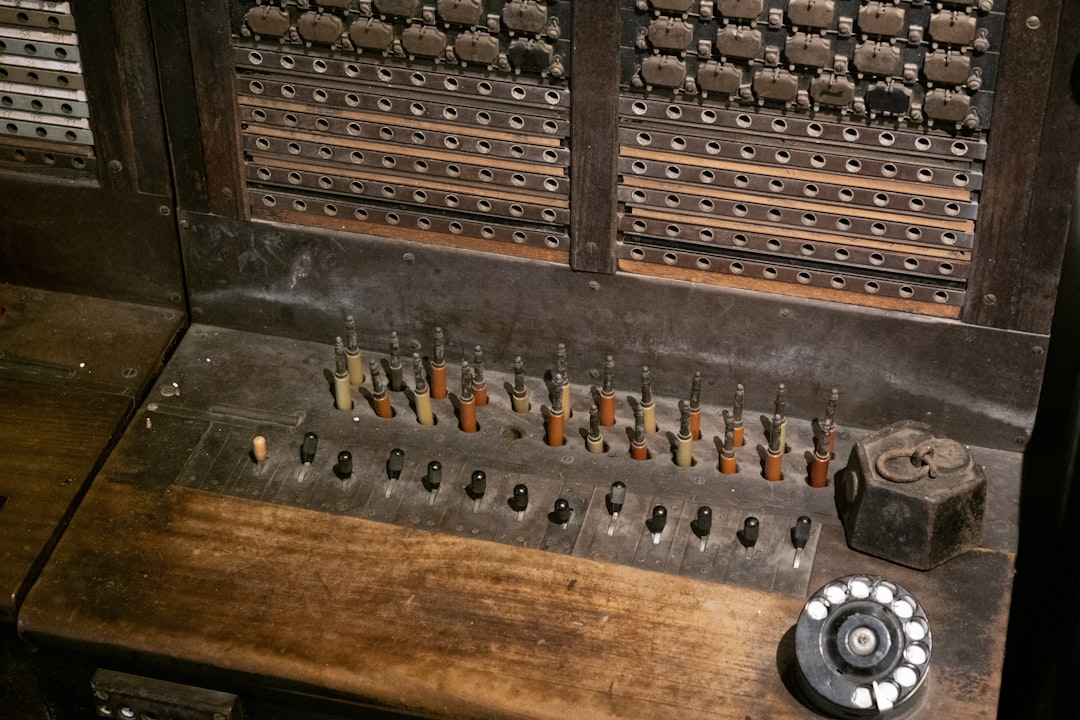The history of computers is a fascinating journey that spans over centuries, from ancient mechanical devices to the powerful electronic machines we use today. The invention of the first computer is not attributed to a single moment or inventor, but rather is a culmination of efforts by several brilliant minds. Understanding when the first computer was invented requires diving into the key milestones that laid the groundwork for modern computing.
Early Computational Devices
The concept of computation dates back thousands of years. The earliest recorded tools were mechanical devices used to perform basic arithmetic operations.
- Abacus (c. 2400 BC) – Used in ancient Mesopotamia, the abacus is one of the earliest known tools for arithmetic calculations. It consists of beads moved along rods to perform addition, subtraction, multiplication, and division.
- Antikythera Mechanism (c. 100 BC) – An ancient Greek analog computer used to predict astronomical positions and eclipses. It had a complex system of gears, showcasing early mechanical computing ability.
While these devices were not computers in the modern sense, they represent humanity’s early attempts to ease computation through mechanical aid.
The First Mechanical Computer: Charles Babbage’s Analytical Engine
Charles Babbage, an English mathematician and inventor, is often referred to as the “father of the computer.” In the early 19th century, he designed a mechanical computing device called the Analytical Engine. Although it was never completed in his lifetime, the design was revolutionary.
- Designed in 1837 – The Analytical Engine featured an arithmetic logic unit, control flow via conditional branching and loops, and integrated memory. These features resemble the modern-day computer architecture.
- Ada Lovelace – Considered the first computer programmer, she wrote an algorithm intended to be processed by Babbage’s Analytical Engine. Her work demonstrated the potential of computers beyond mere number crunching.

Babbage’s invention laid the conceptual foundation for programmable computers, making the Analytical Engine the first design of a general-purpose computer.
The First Programmable Mechanical Computer: Z3
Fast-forward a century, and we arrive at Konrad Zuse’s invention in Germany. In 1941, he completed the Z3, recognized as the world’s first programmable mechanical computer.
- Based on electromechanical relays – The Z3 used telephone switching equipment to perform its operations, making it more flexible and faster than purely mechanical machines.
- Used for engineering calculations – Although destroyed in a bombing raid during WWII, the Z3 introduced the concept of programmable computation.
Zuse’s work was largely unknown to the Allies during the war, but his ideas significantly advanced computing as we know it.
The First Electronic Computers
The shift from mechanical to electronic computers represented a major leap in speed, accuracy, and versatility. Several pioneering machines competed for the title of “first electronic computer.”
1. Atanasoff-Berry Computer (ABC) – 1937 to 1942
Developed by John Atanasoff and Clifford Berry at Iowa State College, the ABC is considered the first electronic digital computer. It used binary representation and capacitors for storage.
- Limited programming ability – The ABC solved systems of linear equations but lacked programmability like later computers.
- Recognized legally – A 1973 U.S. court ruled ABC as the first digital computer, invalidating ENIAC’s patent partially based on ABC’s concepts.
2. Colossus – 1943 to 1944
Created by British codebreakers during WWII, Colossus was designed to break German codes. It was programmable and utilized thousands of vacuum tubes but was not a general-purpose computer.

3. ENIAC – 1945
The Electronic Numerical Integrator and Computer (ENIAC), developed by John Mauchly and J. Presper Eckert in the United States, is often cited as the first general-purpose electronic computer.
- Contained 18,000 vacuum tubes – ENIAC could perform thousands of calculations per second, a monumental leap at the time.
- Reprogrammable for different tasks – Although reprogramming ENIAC was labor-intensive, it could handle a broad range of computations.
ENIAC marked the beginning of the electronic computing era, despite competition from other contemporaries.
The First Commercial Computers
After ENIAC, the focus turned toward making computers accessible to industry, academia, and eventually consumers.
UNIVAC I (1951)
The Universal Automatic Computer was the first commercially available computer in the U.S. It was used by the Census Bureau and made headlines in 1952 by accurately predicting the U.S. presidential election.
- Had stored-program capability – UNIVAC could retain instructions in memory, making it far more practical than earlier systems.
- Marked the start of commercial computing – It helped shift computers from wartime tools to civilian business machines.
IBM 701 and Beyond
IBM entered the computer market in the 1950s with the IBM 701. The 1950s and ‘60s saw a flurry of developments that made computers smaller, faster, and cheaper, paving the way for modern computing.

Modern Personal Computing
In the 1970s and 1980s, computers transitioned from room-filling devices to desktop machines for personal and business use.
- Altair 8800 (1975) – The first successful personal computer, it inspired Bill Gates and Paul Allen to found Microsoft.
- Apple I and II – Introduced by Steve Jobs and Steve Wozniak, these machines brought graphical interfaces and practical usability to home computing.
- IBM PC (1981) – Its open architecture led to the explosive growth of software and hardware compatibility still present today.
Conclusion
So, when was the first computer invented? That depends on how one defines a computer. From Babbage’s 1837 Analytical Engine to the 1940s’ electronic pioneers like ENIAC and ABC, each machine contributed a vital piece to the computing puzzle. Whether mechanical or electronic, programmable or not, these revolutionary devices laid the foundation for the digital age we live in today.
Frequently Asked Questions
- Q: Who is considered the inventor of the first computer?
A: Charles Babbage is often credited as the “father of the computer” due to his design of the Analytical Engine in 1837. - Q: Was ENIAC the first computer?
A: ENIAC was the first general-purpose electronic digital computer. However, earlier machines like Z3 and ABC had elements of modern computing. - Q: What made ENIAC a breakthrough computer?
A: ENIAC was fully electronic, programmable, and significantly faster than electromechanical predecessors. - Q: What was the first commercially available computer?
A: UNIVAC I, launched in 1951, was the first computer sold and used for civilian purposes. - Q: What role did Ada Lovelace play in computer history?
A: Ada Lovelace wrote the first algorithm intended for a machine, earning her the title of the first computer programmer. - Q: When did personal computers become mainstream?
A: In the late 1970s and early 1980s, with the release of machines like the Altair 8800, Apple II, and IBM PC.
 logo
logo


